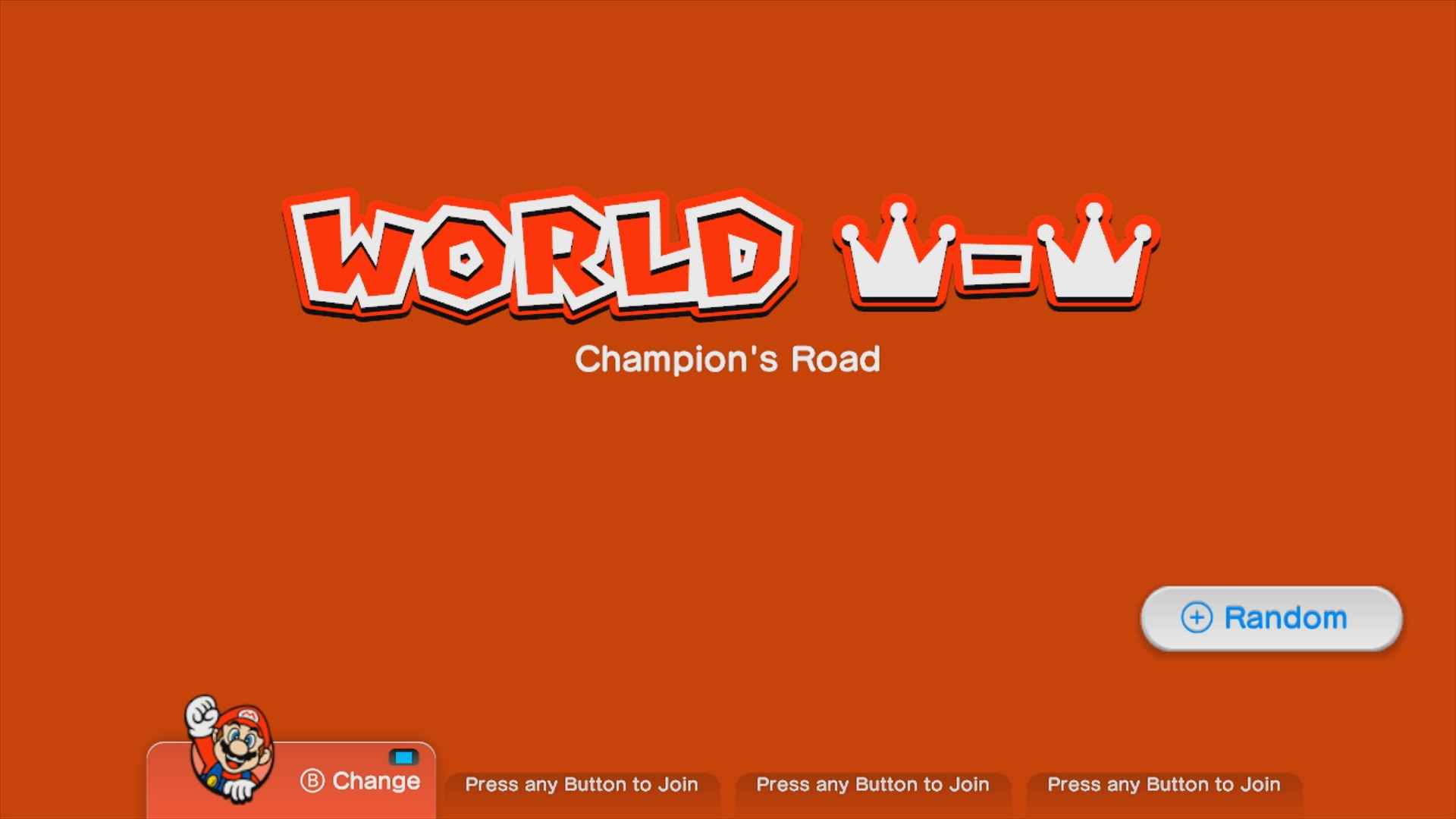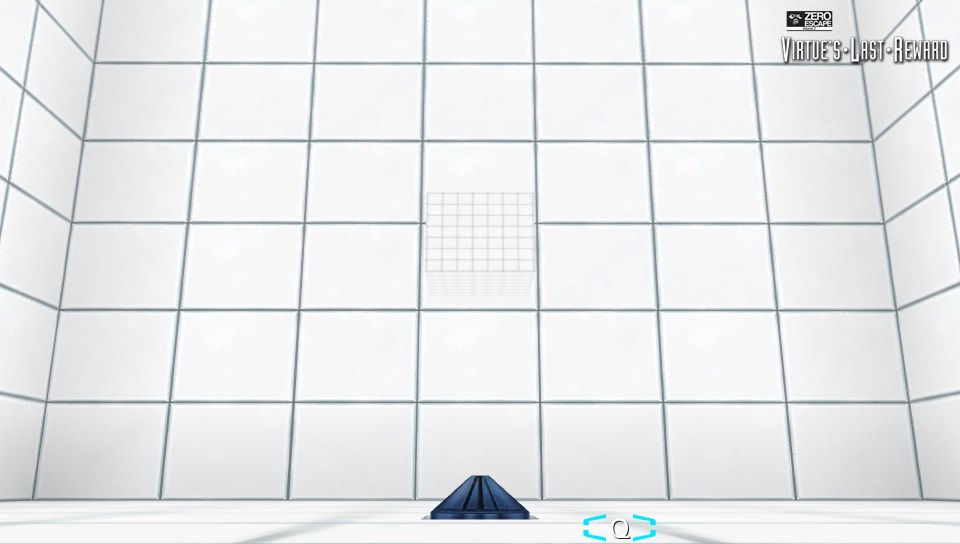This concept is something I created when my buddy Eric and I were approached by Auburn Escape Zones to create an advanced escape room experience. So, I set about to design a game which satisfies the following qualities:
- The puzzles follow the puzzlehunt tradition, rather than your typical escape room fare. This includes more cryptic clues which may require longer for an epiphany than what I’d recommend for a traditional room, and more complex codes than your typical substitution ciphers. In short, an experience for advanced puzzlers, or escape room enthusiasts who are looking for a different kind of challenge.
- Generally, teams should have more than enough content to fill 60 minutes. So, rather than the goal of escaping in that timeframe by solving everything there is, teams are tasked to solve as much as they can as quickly as possible.
- The game is designed to be refreshed seasonally, about every four months. This means a skeleton theme and structure within which the puzzles can be easily replaced.
- Competition between teams is the motivating factor. Teams are scored based on how much they solved, and how quickly they solved. They should be enticed to return season after season to get their names on top of the public leaderboard.

Fans of Super Mario 3D World may recall this particular challenge for advanced
players, from which I drew some inspiration. Even when I had difficulty completing
the entire course, I relished the little victories as I worked my way through.
In addition to finding a new audience for my hunt-style puzzles, I like this concept because it’s something I’d love to play myself! For that reason, I’m licensing the concept and this write-up under Creative Commons BY 4.0. If you have any comments or suggestions for improvement, please contact me by email or @StevenXClontz.
Of course, I’d be remiss if I neglected to point out the major advantage of such a room. Champions’ rooms are designed to refresh at frequent intervals, giving dedicated players who have exhausted your other rooms more opportunities to play games at your business.
Game Overview
A champions’ room is an escape room variant drawing inspiration from puzzlehunts and events, such as the MIT Mystery Hunt, DASH, Puzzled Pint, and many others. It is designed to require minimal staff, and to challenge/reward advanced escape room players.
Depending on the puzzles, a team may support anywhere from six to eight players. Unlike an escape room, there is no mystery about “how to escape the room”. Instead, the following goals are made clear from the beginning (perhaps explained by the GM inside the room with the players):
-
The room contains seven main puzzles. Each puzzle is marked with a color: two green, two blue, and three red. These puzzles may be found throughout the room, and don’t require too much digging to find (see Puzzle Design below).
-
A container is bound by three chains, respectively matching the three colors: green, blue, red. There are two breaks in the green/blue chains, and three breaks in the red chain, which are joined by combination locks. By solving appropriately colored puzzles, the combinations to these locks are revealed. Note that this means that only one puzzle of each color must be solved in order to access the contents of the container.
-
A scoreboard is affixed to the wall, with several eye bolts. As players release combination locks, they should attach the lock to the appropriate location on the scoreboard. Game Control watches this scoreboard, and record the time when the most recent lock was attached to it. The seven basic colored locks are worth ten points each, for a total of seventy.
-
Underneath the scoreboard is a black keylock attached to another eye bolt. In its starting position it is worth nothing, but its key is locked inside the chained container. Unlocking and moving the black keylock to the appropriate section of the scoreboard is worth another ten points.
-
Also in the chained container is a white lock fixed to an eye bolt, and a final puzzle. Solving this puzzle reveals how to release the white lock, which is worth twenty points when affixed to the appropriate section of the scoreboard.
-
After sixty minutes have elapsed, or when all locks have been scored, the game is over. Teams’ rankings are determined first by the number of points earned, then by the amount of time they took to score their final lock.
- For example, suppose Team A scored 2 green, 1 blue, 2 red, and 1 black lock, and Team B scored 1 green, 1 blue, 1 red, 1 black, and 1 white lock. Both teams earned 60 points. However, if Team B scored their final lock at 53 minutes, but Team A scored their final lock after only 48 minutes, then Team A is ranked higher than Team B (regardless of the color of their final locks).
Theming

Virtue’s Last Reward featured its own sort of champions’ room. The
protagonist arrives in a rather plain room, which serves to test the player
on the skills they’ve developed throughout the game. (Among all the spoilers
which exist for VLR, this is by far the least important, so don’t worry.)
Unlike traditional escape rooms, a champions’ room serves to test the puzzling skills of its players, rather than providing an immersive alternate reality experience. That said, there’s no harm (and likely some good) in employing a light theme to join the puzzle elements together. At Auburn Escape Zones, we’ve employed a theme called The Puzzlemaster’s Workshop. Players interact with a maker’s workspace, complete with posters of common codes, but any puzzle type can be inserted into the space. That way, any kind of puzzle may be easily fit to the theme, making it easy to create new content for new seasons.
Puzzle Design
The puzzles in a champions’ room are distinct from escape room puzzles. Because there are so few, and because they are available from the beginning of the game in parallel, they have the latitude to be deeper than you can achieve in a serial escape room. As mentioned before, puzzle concepts that you may encounter in a Puzzled Pint event or a novice DASH puzzle are fair game. If you’re unfamiliar with the genre, here is an example of a novice DASH7 puzzle and its solution.
As a rule of thumb, you don’t want most teams to solve all the puzzles, although they should solve many, and preferably be able to open the container. Assuming a maximum of eight players per team, you could design the puzzles such that the average pair of players takes the following durations to solve each:
- Green puzzles: 10 minutes
- Blue puzzles: 20 minutes
- Red puzzles: 30-60 minutes
In particular, green puzzles are easy, blue puzzles are medium, and red puzzles are hard, and the container should be opened about halfway through the game. Then, the final white puzzle can be designed to take most full teams as long as 45 minutes; so, only teams which solve the white puzzle faster than the intended average, or open the container faster than the intended average, have a shot at a perfect run.
Designing good hunt-style puzzles is arguably a different skill than your usual escape room fare. I recommend you do some research before attempting to design these puzzles yourself, or contract a professional designer with puzzlehunt experience to design these puzzles for you.
Hint System
Most escape rooms have rather loose hinting systems, which is perfectly fine. However, with the competitive aspect of a champions’ room, the hints given to teams must be completely deterministic.
One solution is to give out hints based on time. The delivery mechanism depends on the amount of technology available for the room. However, this may be as simple as slipping an envelope under the door every 15 minutes, with a list of hints for each puzzle. Hints should not be given for the white puzzle.